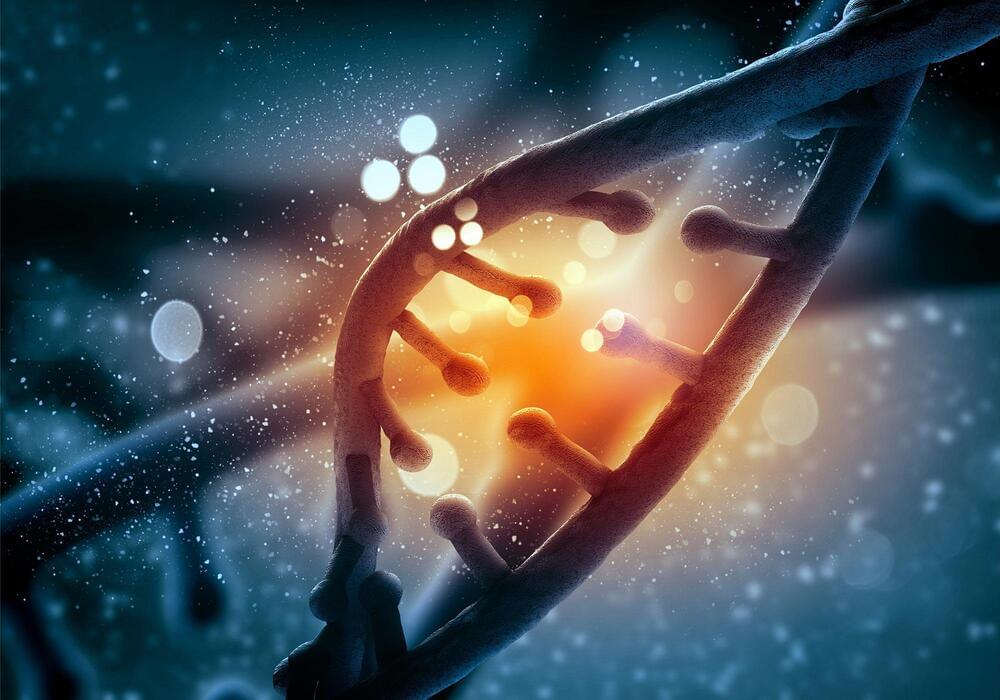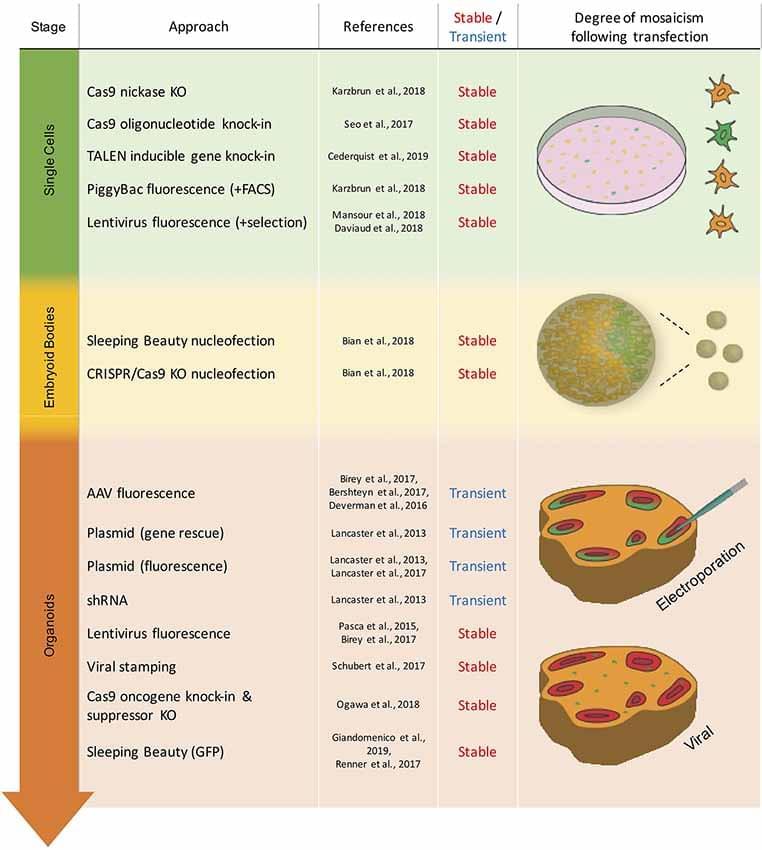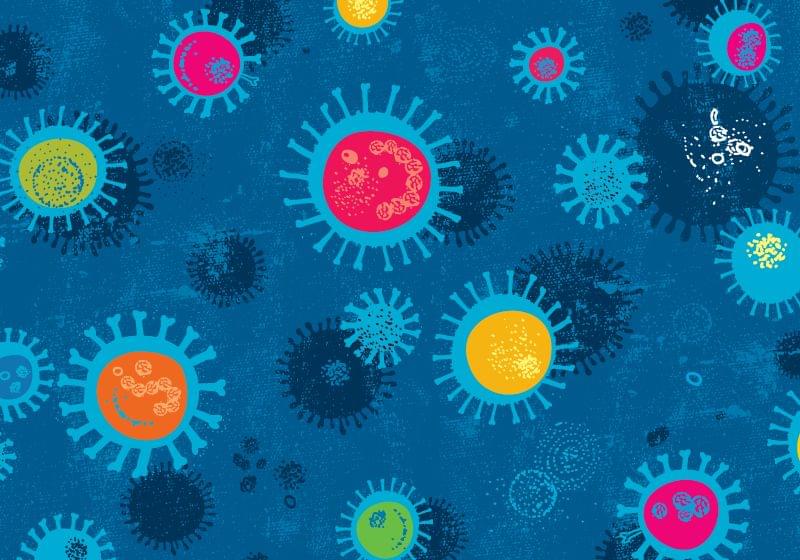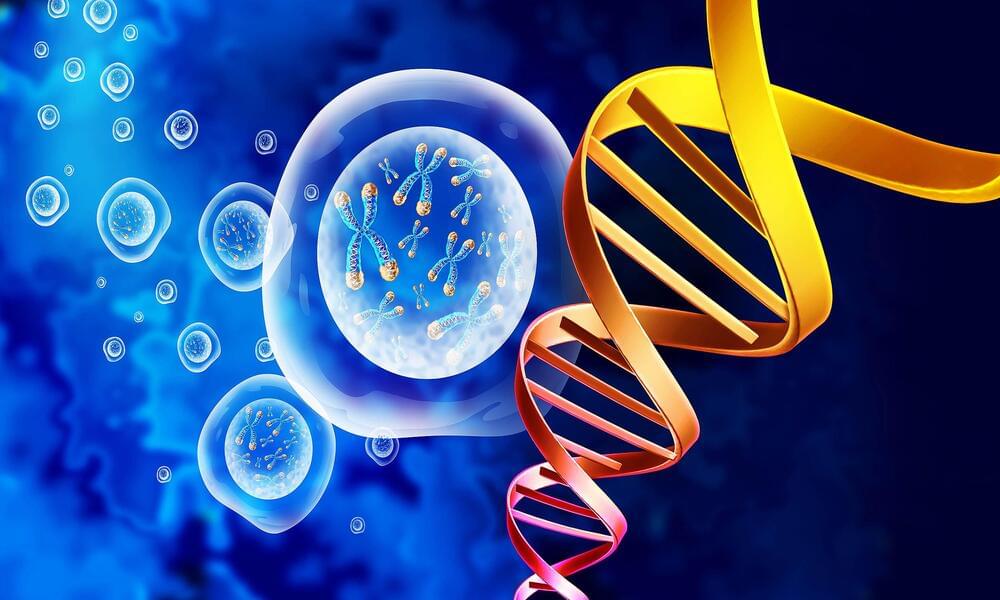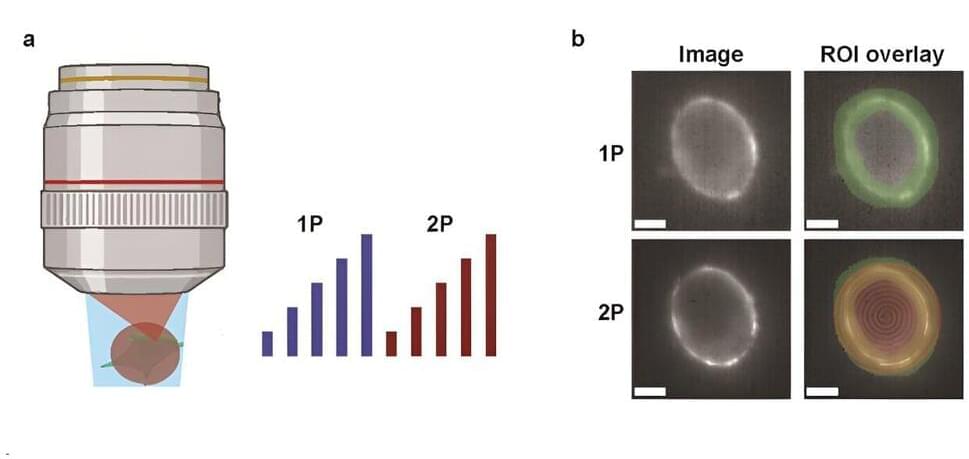Aug 24, 2024
Scientists Discover “Spatial Grammar” in DNA: Breakthrough Could Rewrite Genetics Textbooks
Posted by Genevieve Klien in categories: biotech/medical, genetics
Researchers have discovered a “spatial grammar” in DNA that redefines the role of transcription factors in gene regulation, influencing our understanding of genetic variations and disease.
A recently uncovered code within DNA, referred to as “spatial grammar,” may unlock the secret to how gene activity is encoded in the human genome.
This breakthrough finding, identified by researchers at Washington State University and the University of California, San Diego and published in Nature, revealed a long-postulated hidden spatial grammar embedded in DNA. The research could reshape scientists’ understanding of gene regulation and how genetic variations may influence gene expression in development or disease.
